When garden designer Andrea Filippone was studying architecture at Harvard, she focused on modern style: She loved clean lines and rectangular shapes, and lots of steel, concrete, and glass. She fully expected to make her career following the innovations of Le Corbusier, Gropius, and van der Rohe. Then, in the early 1990s, she fell in love with an abandoned 19th-century dairy farm in New Jersey.
The farm had four ramshackle barns and acres of land, including a sunny, flat area that looked just right for growing vegetables. Filippone (who is president of the New Jersey-based firm AJF Design) decided to build an edible garden the size of a mini football field on the 60-by-200-foot rectangle. It took her two years to improve the soil–a mixture of clay and silt–with liberal additions of compost, manure, and sand. Then she planted her vegetables.
And then came the deer. Giant herds of them, with hearty appetites and the superhero ability to leap tall fences. The deer were frequently joined by their friends the groundhogs, vegetable lovers who were experts at tunneling under fences.
But all was not lost. Filippone devised an ingenious solution for thwarting the jumpers and the tunnelers. And she did it without sacrificing style, symmetry, or a single bed of salad greens.
Are you designing a new edible garden this summer–or hoping to improve on last year’s plan? For the next 48 hours, Filippone is here to answer any and all reader questions posted in the comment section below. Fire away!
Photography by Andrea Filippone, except where noted.
Above: Deer will leap a fence only if they can spot a clear landing on the other side. Armed with that knowledge, Filippone devised a deer-proof double enclosure. The first line of defense: an 8-foot-high privet hedge. The second: a 7-foot-high wooden fence, a few feet inside the hedge.
Above: Towards the bottom, the fence is lined with wire mesh that extends to a depth of 3 feet below ground, a barrier to ward off groundhogs.
Above: One of the four antique French tree guards that enhance Filippone’s vegetable garden, providing height and visual interest.
Above: When Filippone first saw the property more than 20 years ago, the four barns may have been eyesores–but she spotted their potential to become a beautiful house. Now restored, the barns are ingeniously linked with innovative passageways, creating a structure that accommodates both living and business. Photo by Jeanne Rostaing.
Restoring the barns was only the beginning. Filippone had always been interested in growing things, but she was very much a novice when she began designing and building the gardens that would surround the barns.
Above: Squash vines and espaliered apple trees line and soften the vegetable garden’s fence.
Above: French garden design has clearly influenced Filippone. Early in the growing season, the vegetable garden looks formal: perfect squares laid in a grid and edged with boxwood. But, as Filippone points out, by summer’s end the symmetry disappears, obscured by the disorder of crops allowed to bolt, go to seed, and basically run wild. “I need the structure because I let the vegetables take over,” she says.
Above: A squash vine breaks through the grid.
To most of us, companion planting means combining different plants simply to discourage insect pests. To Filippone, with her architect’s sensibility, companion planting also provides opportunities to create patterns and textures. She likes to mix plants of different sizes, shapes, and colors to create pleasing contrasts. She grows late-harvest and early-harvest plants together for continued interest. For insect control, she adds parsley, lavender, oregano, and mint.
Above: Filippone is the primary worker in her vegetable garden, but she gets help from her 10-year-old twins, Isabella and Tessa. Together, they choose which vegetables and varieties to plant. They like to buy locally, getting their seed packets from nearby grocery stores and seedlings from area nurseries and farmers’ markets.
Above: The vegetable garden seems even larger when you realize that other gardens on the 35 acres also require Filippone’s care. There’s a kitchen garden next to the house and even a test nursery for boxwood, which Filippone became interested in when she was researching plants that deer avoid. Now she’s studying the organic management of the shrubs as a way of eliminating problems caused by Cylindrocladium buxicola, boxwood blight. (For boxwood alternatives, see How to Eliminate Boxwood Blight.)
Above: Filippone grows lettuce for color as well as nourishment. Photograph by Jeanne Rostaing.
To care for her vegetable garden, Filippone relies on a number of labor-saving techniques. She uses drip irrigation, loosens the soil and adds compost only in the spring, and mulches with chopped leaves. She limits herself to organic gardening methods. Because she herself is mainly a self-taught gardener, she urges beginners not to be afraid to experiment.
For tips on your own garden, just ask a question below. Andrea Filippone is available all weekend to advise you.
For another approach to thwarting deer, see Elegant Deer Fencing, Hamptons Edition. Read about smaller edible gardens at DIY: Small Space Vegetable Garden on Remodelista and DIY: A Family Friendly Vegetable Garden.
Finally, learn how to successfully design and create an edible garden with our Hardscaping 101: Edible Gardens guide.


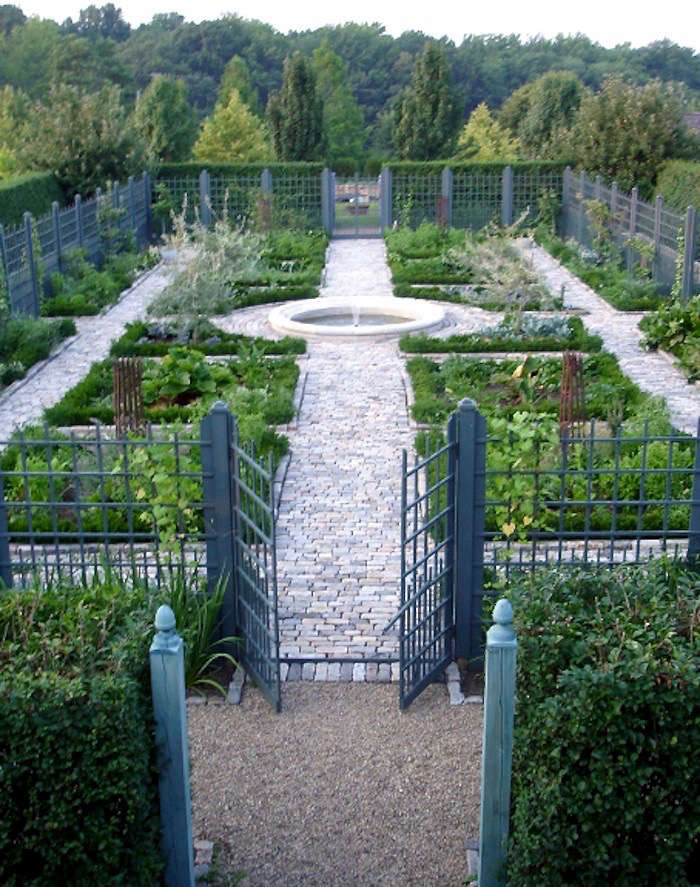

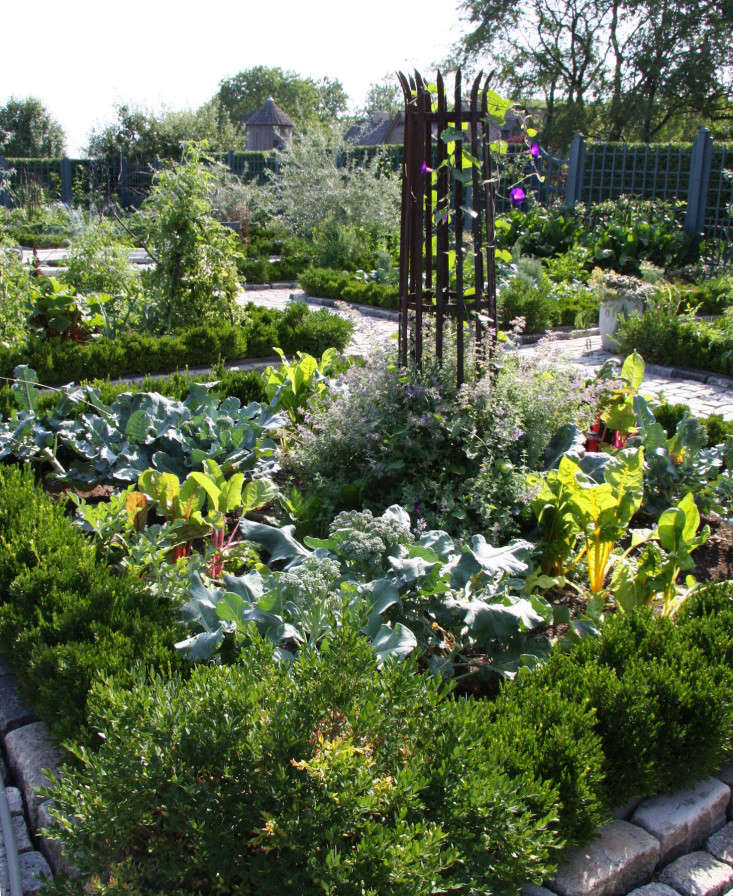

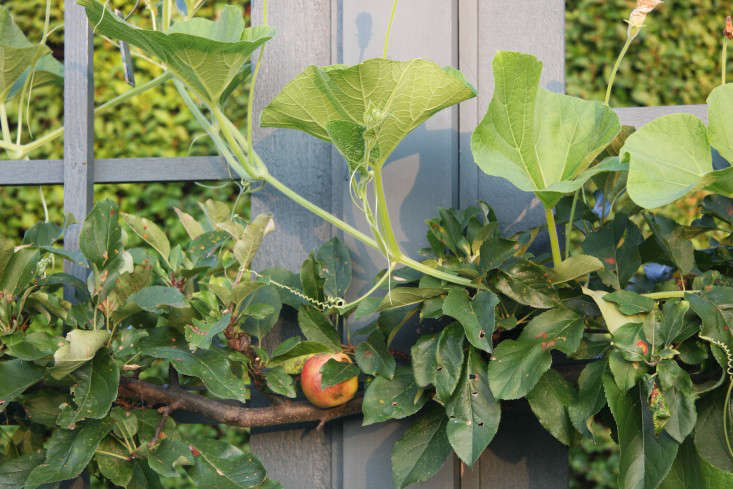


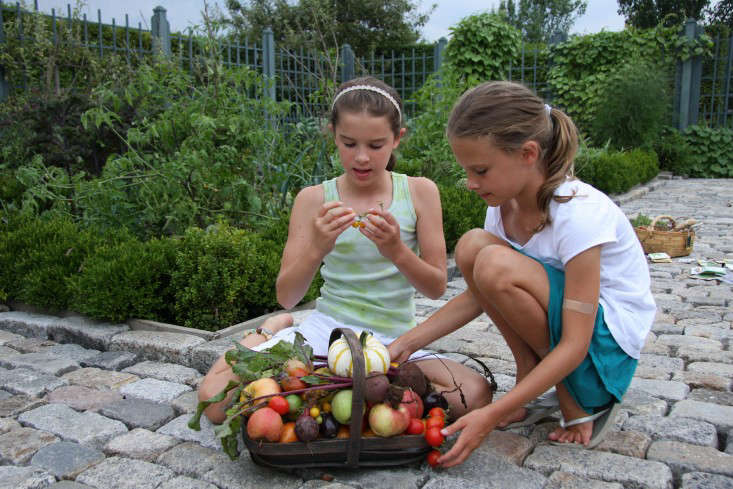

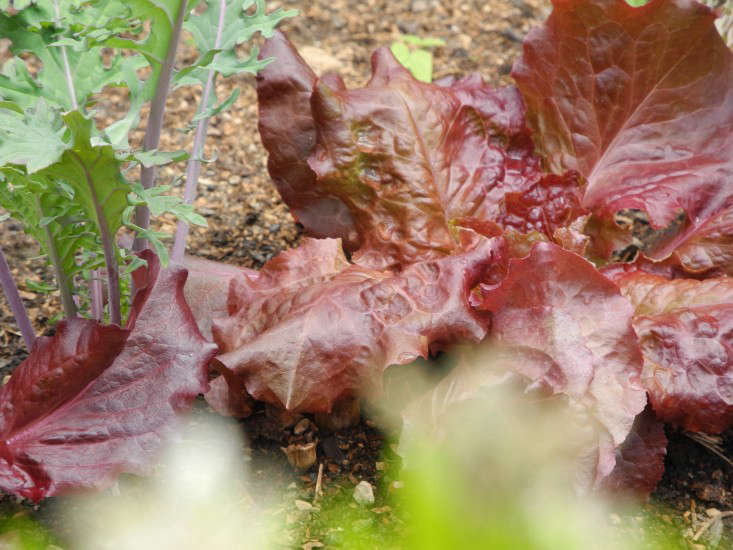

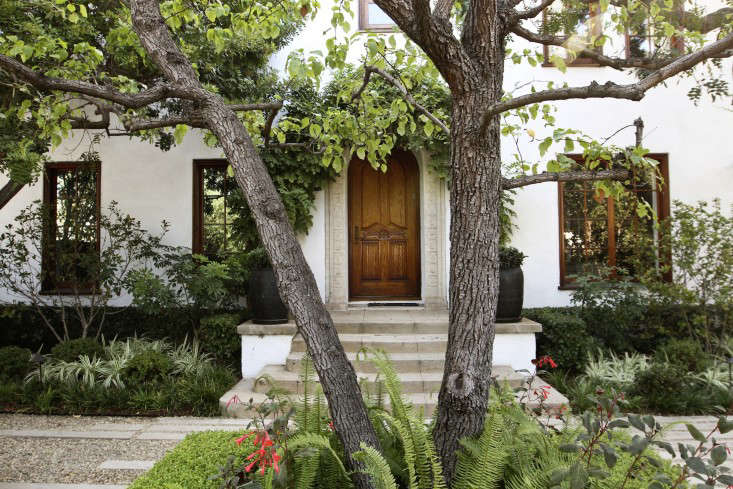
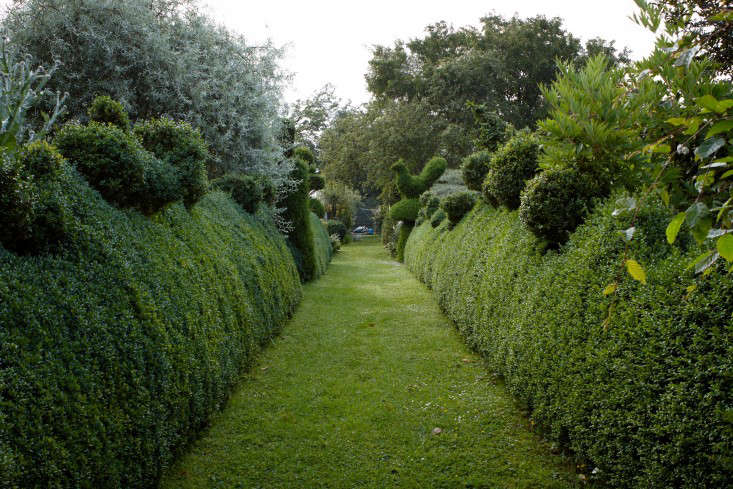







Have a Question or Comment About This Post?
Join the conversation (31)